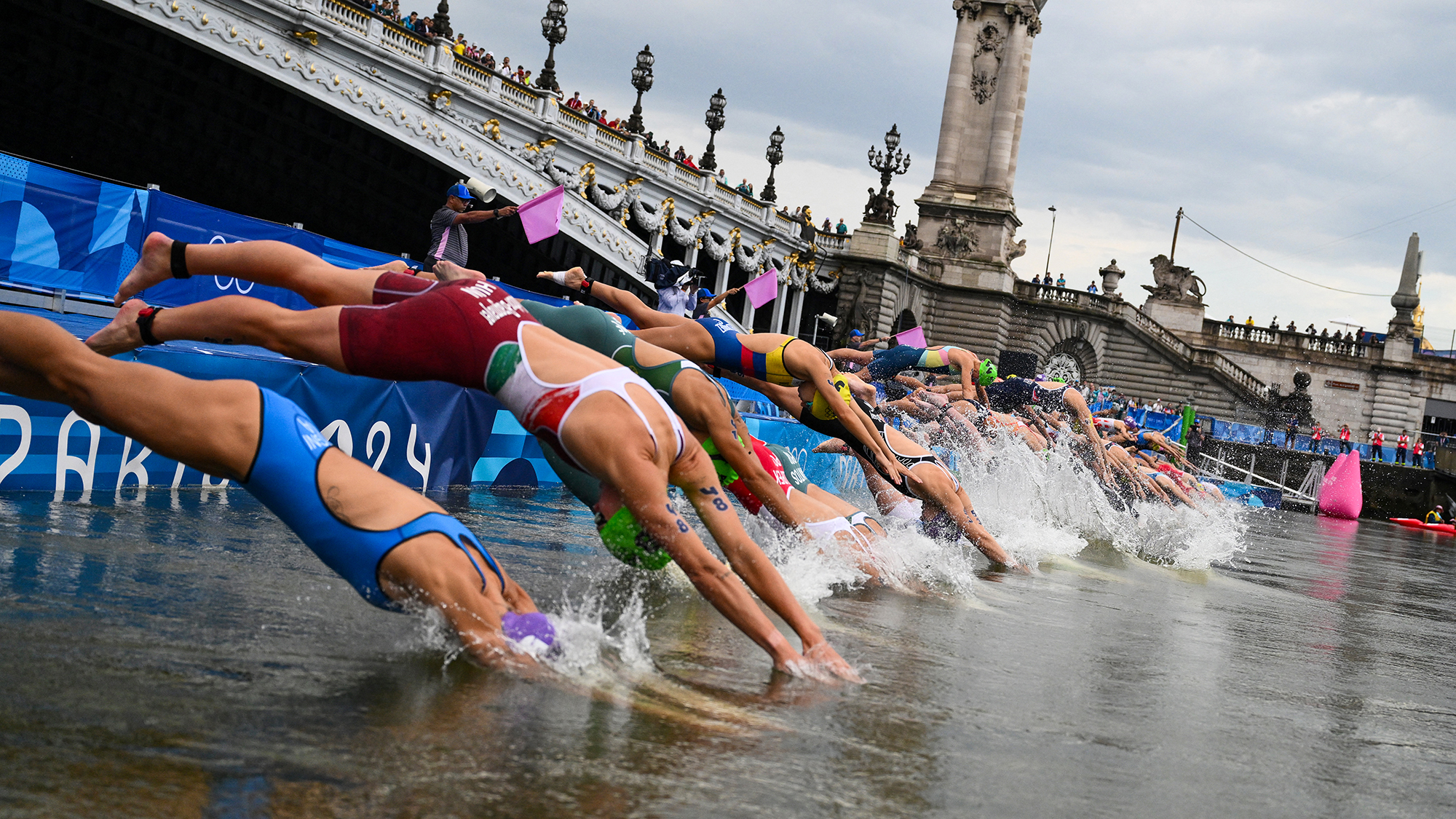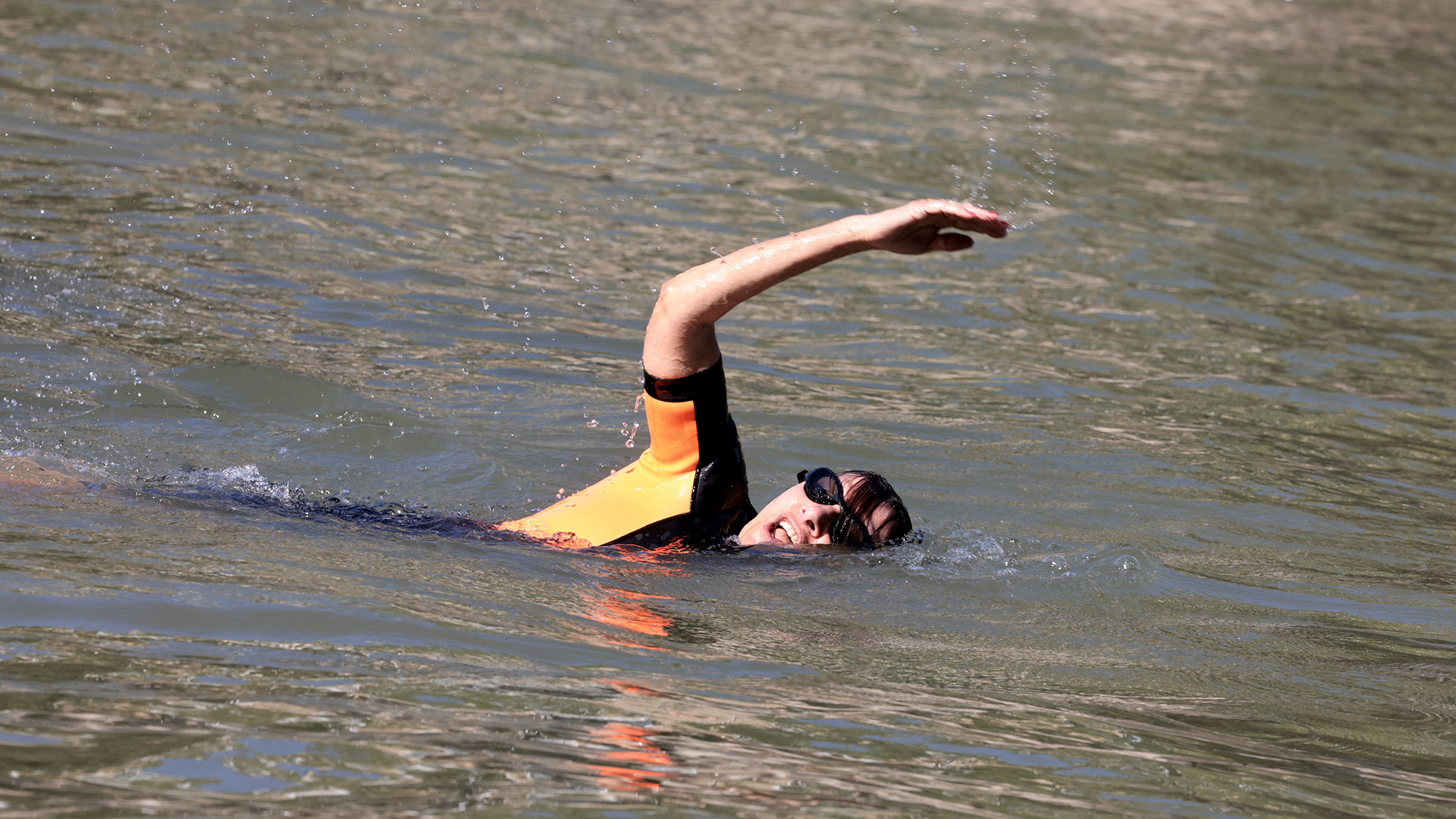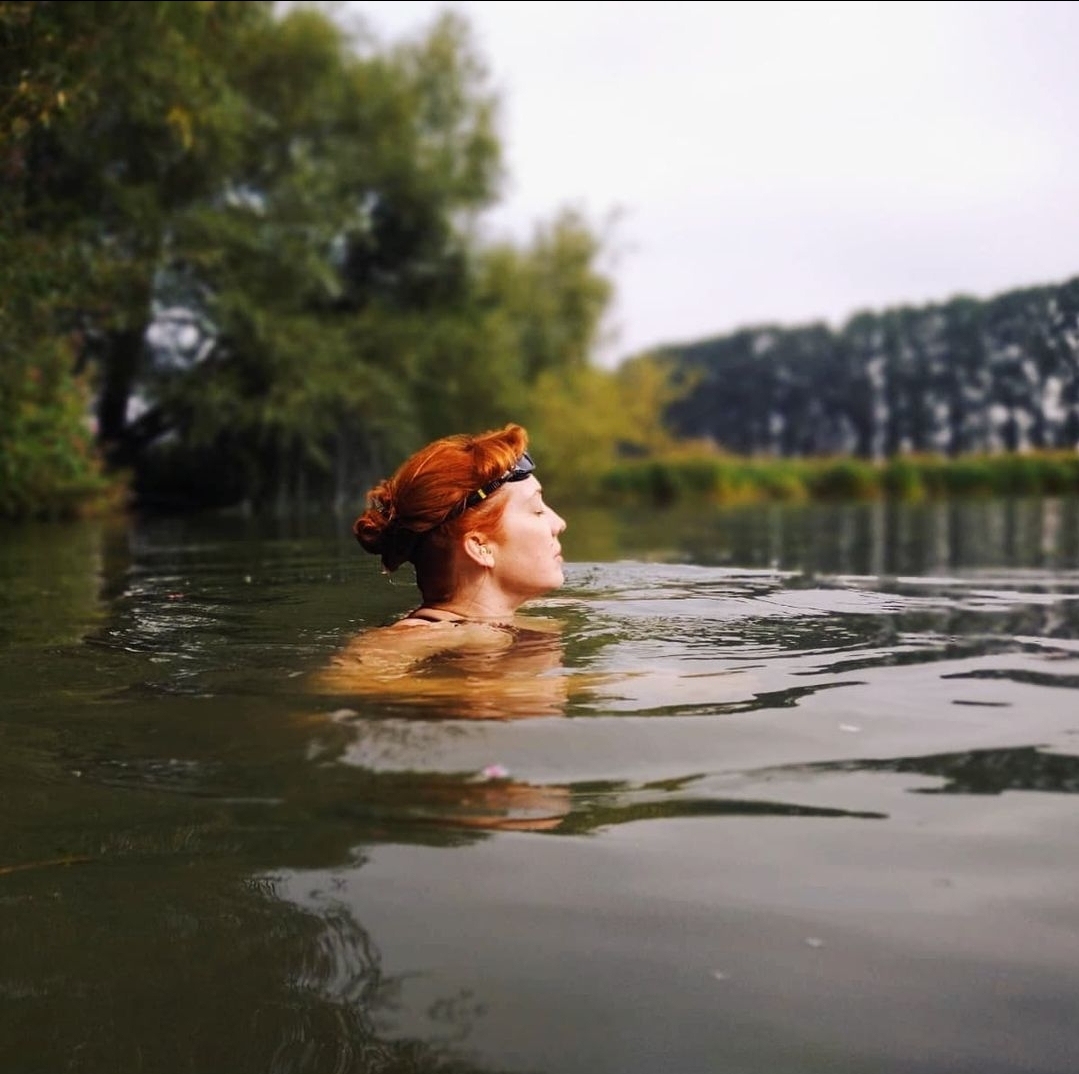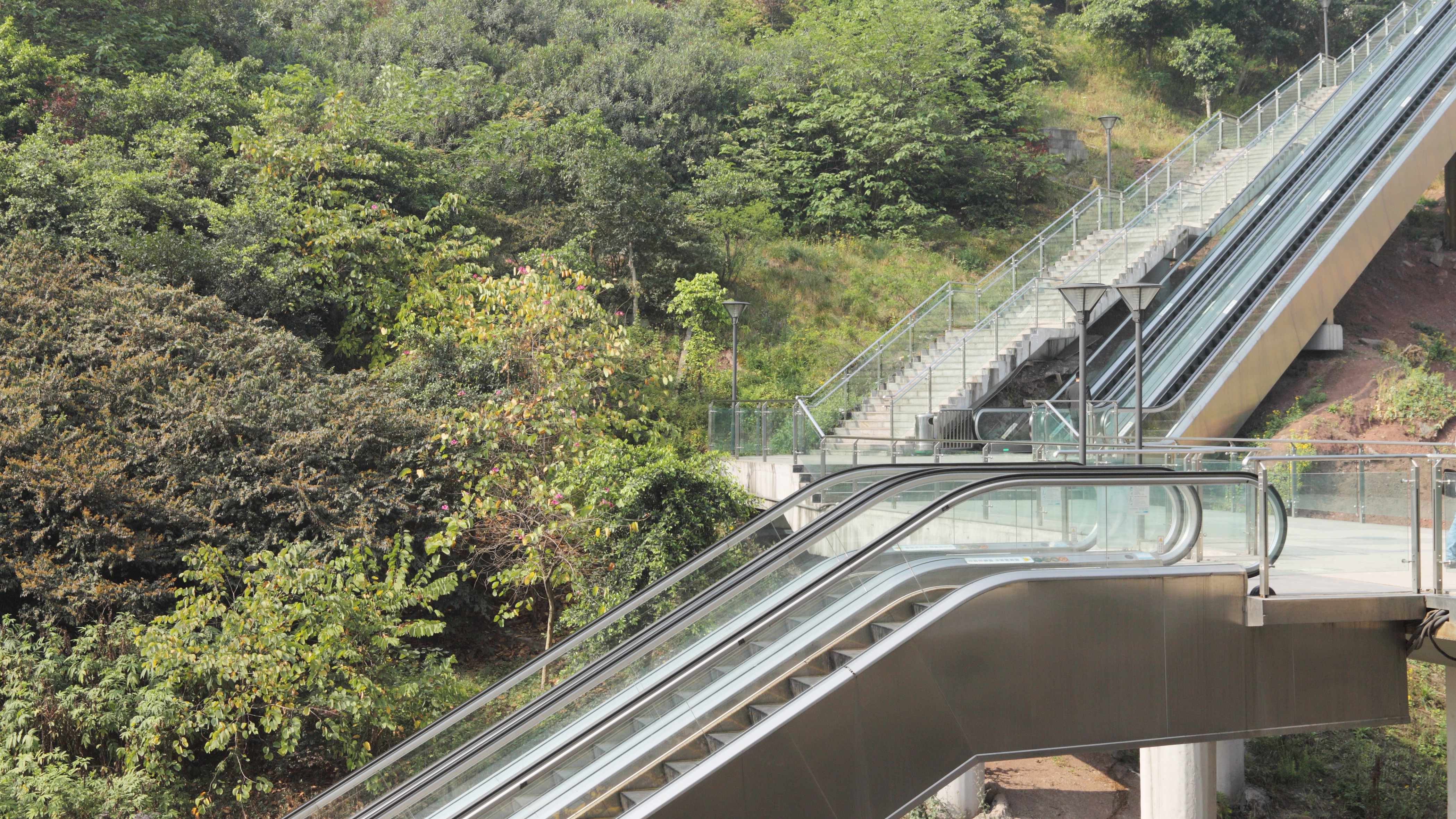Inspired by the Olympic open water swimming? Here’s how to get started
Find out whether the Seine is clean enough to swim in, why marathon swimmers are allowed to wear full body suits, and how to get started with open water events

While the glory at the modern Olympics tends to be focused on athletes and gymnasts, the triathlon and marathon swim have hit the headlines this year thanks to the million dollar question; is the Seine clean enough to swim in?
And when we say million dollar, that's not even close. The city of Paris, determined to host the open water swim Olympic events in the iconic river, has poured $1.5billion (€1.4billion) into cleaning it up.
But that wasn't enough to prevent the delay of the triathlon, after a globally-televised downpour turned the opening ceremony into something of a wash out. Rain is the biggest problem for the authorities trying to keep the Seine safe to swim in, as the surge pushes waste water - a mix of rain and untreated sewage - into the river.
Only two weeks earlier Paris mayor Anne Hildago had swum in the Seine to publicise that it was finally safe, after huge tanks designed to hold waste water until it can be treated were built. But when two weeks worth of rain fell on Paris on the Games' opening night, levels of e.coli in the river rose again to unsafe levels, causing the start of the triathlon to be delayed by a day.
If more rain arrives and the Seine is once again declared unsafe, the open water swim marathon will be held in a lake at the Olympics' watersports arena at Vaires-sure-Marne.

What are the Olympic open water swim marathon rules?
All eyes are on the forecast before the open water swim marathon, which is due to take place on August 8 and 9. And we've got you covered if you want to know how to watch the Olympics marathon swimming live streams.
But what are the rules of the Olympic open water swim marathon? And if seeing athletes braving the fluctuating pollution in the Seine has somehow still inspired you, how can you get started with open water swimming?
Advnture Newsletter
All the latest inspiration, tips and guides to help you plan your next Advnture!
The open water swim marathon distance is 6.21 miles / 10km, and is defined as a marathon because it takes about two hours for elite swimmers to complete it - the same time top runners finish a 26.2 mile / 42.2km race.
Unlike Olympic pool swimmers, marathon swimmers are allowed to wear full-length suits - sort of. When the water is 68°F / 20°C or below suits covering shoulder to ankle are allowed, and when the water temperature is 60.62°F / 15.9°C and under they become mandatory for safety reasons. When the temperature allows, swimmers will usually opt to wear a long suit for added compression, which improves streamlining, but without sleeves, to give maximum shoulder mobility.
But how cold is the Seine? During August the water temperature averages 70.16°F / 21.2°C, so ankle-length suits won't be allowed if they stay around this level. If that happens female swimmers are allowed to wear shoulder to knee length suits, while men may only wear waist to knee length suits, known as jammers.
Swimmers are allowed to eat and drink during the event, which in practice means them grabbing bottles of sports drinks from long poles held out by their coaches.
The winner is the first to touch a pad at the finish line, likely to be about two hours after the dive start from a pontoon just beneath the famous Pont Alexandre III.

How to get started with open water swimming
While there's been an explosion of interest in wild swimming in recent years, open water events are a pretty different experience.
But before you sign up for your first event, here are some tips for getting started:
1. Find somewhere to practice
If you've been into alfresco dips for a while then you may already know how to find the best wild swimming spots.
But, while a shallow river may be a lovely place to cool off, it's not necessarily the best training ground. There may be currents to contend with, and more importantly, it may not be safe to put your face in the water if the pollution levels are high.
Ideally you want a triathlon centre or dedicated swim lake, so that you know the water will be clean and clear. Make sure they offer lifeguarding and check the rules. Some sites will require you to be a member, and may have specific rules around the use of wetsuits in certain temperatures. They may also require you to use a swim tow float.
2. Get kitted up
You probably already own a swimsuit, but it's worth investing in a sport specific one, which will give you better support, and freedom of movement.
Unless you're lucky enough to be swimming in warm conditions, and by this we mean anything above a water temperature of 68°F / 20°C, then it's worth forking out for a swim wetsuit too. This will be smoother than one designed for surfing, and should have plenty of mobility in the shoulder - look for diagonal (raglan) joins between the sleeves and shoulder. The manufacturer should state the thickness of the neoprene in different areas of the wetsuit, so make sure that the neoprene in the arm/shoulder area is thinner.
As well as this, you'll need a swim hat, goggles, and possibly some training aids, including fins, pull buoy and hand paddles. It's worth also buying one of the best dry bags, as you'll be hauling around wet gear a lot.
If you're swimming anywhere that may not be safe underfoot then a pair of water shoes or socks is one of the best purchases you can make.
3. Pick your event carefully
While the distances in open water swimming events seem short, unless you're a veteran club swimmer, you'll be surprised how quickly you get tired. The standard Olympic triathlon distance of 0.93 miles / 1.5km is a good starting point, and is equivalent to 60 lengths of a 25 meter pool.
Marathon events like the famous Dart 10k are best kept for when you've got a few shorter open water swims under your belt. Remember, that's the same as swimming a whopping 400 lengths! Just because you can polish off 10km on a trail run, don't assume you should go for the same length in the water.

4. Find a good coach
While you can get pretty far with the help of some basic swim tuition videos, doing an open water event isn't just a case of slogging out the miles week after week until you're comfortable with the distance.
A coach can make a huge difference, both in terms of correcting any imbalances in your freestyle stroke (a common cause of injury), and in pushing you harder with drills and a training plan.
The best way to find one is to ask at your local open water site (yes, we really meant it when we said you needed one). While your nearest sports centre will have swim teachers and probably coaches too, open water swimming is a specific discipline that requires knowledge of techniques like sighting so it's worth going to a specialist. Even a couple of sessions can make a huge difference.
5. Pace yourself
Like any other athlete, open water swimmers are prone to injury. Yes, swimming is typically billed as less hard on the body than other sports, and it's true that the buoyancy the water provides has nowhere near the impact of disciplines like climbing and trail running.
However, swimmers rely a lot on the their shoulders - the most complex and flexible joint in the body. This is often where swimmers pick up injuries and if you do hurt your shoulder badly it could mean months of physio to get your strength back.
So build in rest days, listen to twinges before they grow into real pain, and build in some dryland exercises (as swimmers call workouts outside the pool), including weight training.
Ready to take the next step? Find out 7 things I wish I knew before my open water event and how to stay safe in open water.
Olympic open water swimming schedule
There are no heats for the Olympic open water swim marathon. All the competitors qualified some months ago, so now they can pour their concentration into just one, admittedly gruelling, race.
The women's event takes place at 6.30am on Wednesday August 8, with the race at the same time the following day on Thursday August 9.
- How to stay safe in open water: wild swimming for beginners
- The best dry bags 2025: keep your gear bone dry during adventures on land and water
- The best wild swimming gear: what to wear and what to take

Rosee Woodland developed a taste for adventure at a young age, growing up in a home where camping was the default holiday, and good weather was a vacation bonus rather than a necessity. After bike-packing the length of France in her mid teens with her family, she started to undertake solo forays in her 20s, usually without the benefit of much technical gear at all. Happily, the years she later spent as a mountain biking journalist eventually gave her an appreciation of decent kit! These days she loves a water-based adventure, and is an outdoor swim coach, and a keen free diver. She has a soft spot for Northern Ireland's Mourne mountains, and can also be found hiking and kayaking in Pembrokeshire and the South West of the UK.
